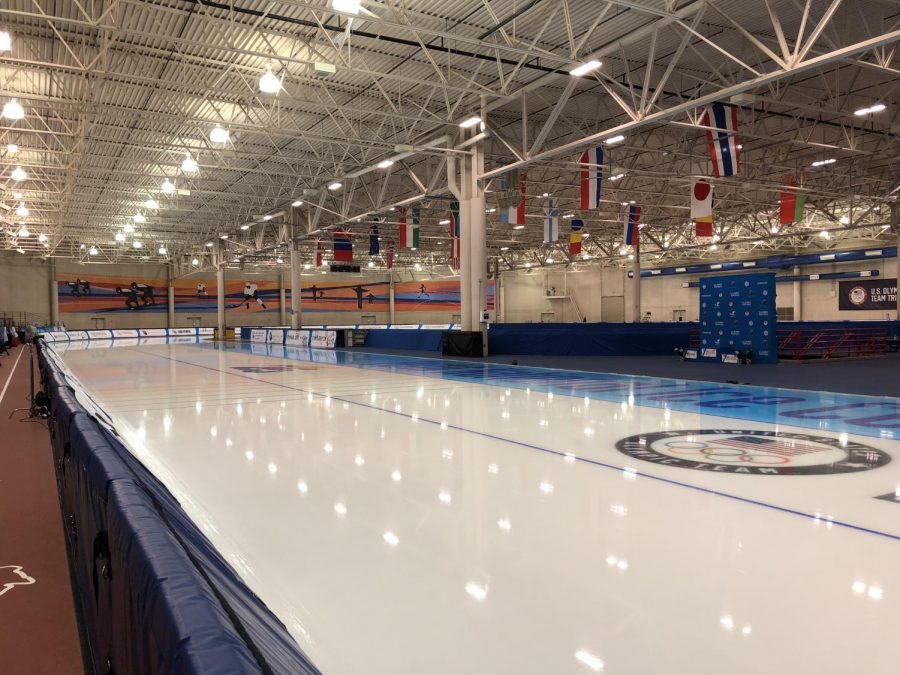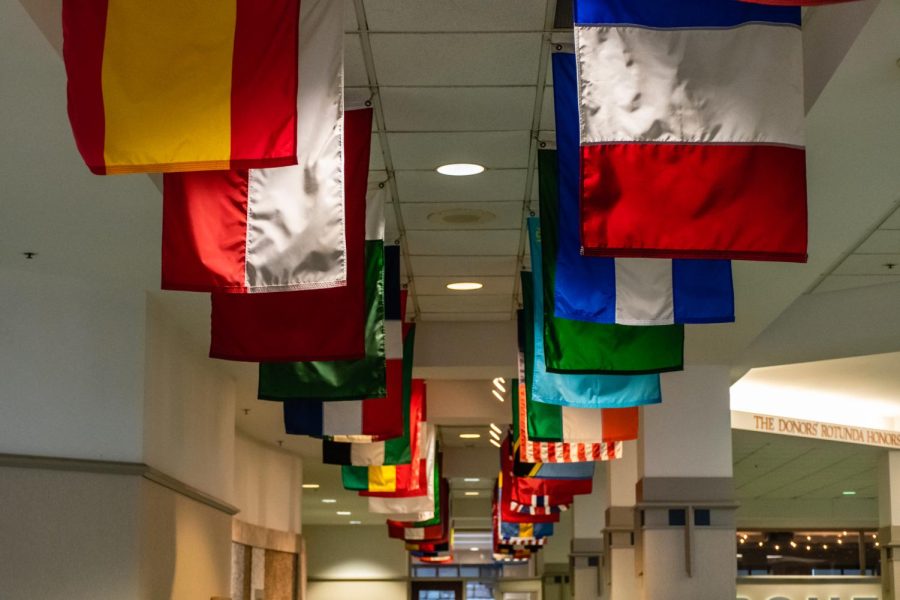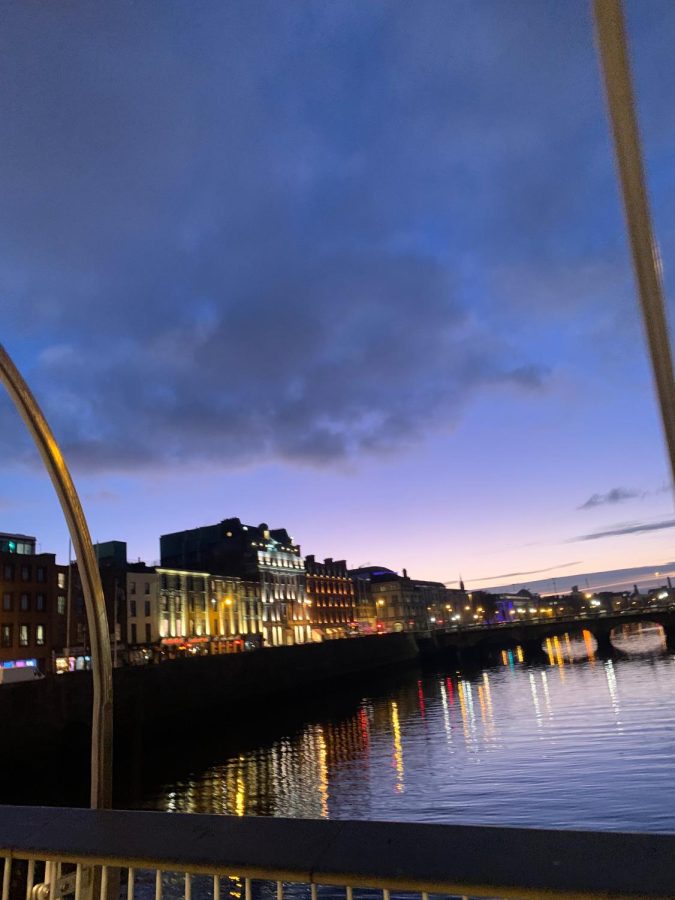Apparently quite a few places are capable of being not entirely what they seem.
I’m talking, of course, about how Belgium wasn’t France, and France wasn’t Paris, and Amsterdam … well Amsterdam wasn’t all coffee shops and storefront windows, to put it delicately.

This view of the Keizersgracht Canal highlights both Amsterdam’s famous water features and historical architecture of its city center.
I can’t deny that most college students think of said coffee shops and storefront windows when considering “Amsterdam.”
When I told my flatmates I was going to Amsterdam, as well as my friends at Marquette, it was mostly met with snickers.
Perhaps it’s my own ignorance, but it seems that all European cities I’ve visited thus far have shattered my expectations, mostly in positive ways.
Amsterdam was no different.
Although many EU students on my trip had their fair share of coffee shops and storefront windows, I had the opportunity to see the other 98% of Amsterdam: and let me say, it’s cute.
Away from the touristy coffee shops, red lights and McDonald’s (but still in the relative “center” of the city), Amsterdam still has architecture dating to its cultural heyday around 1630.
Looking closely at buildings, even the hand-operated pulley systems from the many storehouses are still visible at the top of peaked roofs, overlooking the giant windows that once loaded and unloaded merchandise. The heavy, plate-glass windows are still intact, and the masonry on the buildings is still impecable. Together, they are a perfect symbol of the bourgeois wealth Amsterdam history celebrates.
The cuteness doesn’t stop at the architecture. In a city celebrated for its rather unconventional economy, it was brimming with … babies. Amsterdam is full of babies and toddlers. Perhaps it was the district I was strolling through, or perhaps it was because it was the weekend. However, I have yet to see so many strollers , baby seats on bicycles and Baby Björns in one place.
If buildings and babies weren’t cute enough, Amsterdam is also full of bikes. Bikes, as objects, may not seem inherently cute. But in Amsterdam, the bike has been taken to an artform, and there are bicycle shops which offer seats, covers, baskets, bells and frames in a variety of colors, styles and shapes. There were, I believe, more bikes present during my trip than people on the streets. There were certainly more people astride bikes than pedestrians or cars. Nothing, ever, could be cuter than a baby or puppy riding in a cart or basket of a bike.
Still not convinced? What could be cuter than flower markets, or, more specifically, tulips?

The Bloemenmarkt, or floating market, is famous for its flowers and location in the Singel canal. The market consists of a variety of “houseboats” that contain floral shops, mostly selling tulips or tulip bulbs. On any given day, hundreds to thousands of flowers, seeds or bulbs are available for purchase from paint buckets, wooden boxes, paper wrappings fashioned into tulip shapes and even wooden clogs.
Walking through the market, even in the winter, is enough to brighten anyone’s day. Or at least scare someone who’s visited one too many coffee shops.
Beyond cuteness, Amsterdam is cultural. There are dozens of museums throughout the city, and while most are expensive, they can even be viewed by college students for a decent price if one buys a City Card.
The most-famous museums include the Anne Frank House, which is the actual building Anne Frank and her family/ family friends hid out in during Nazi occupation of the Netherlands before being discovered and sent to Auschwitz.
That particular museum experience is somber and eerie beyond words, as visitors walk the rooms Anne and her family did. There are even magazine posters still pasted on the wall by Anne herself.
Other famous museums include the Van Gogh Museum and the Rijksmuseum, which houses one the Netherlands’ largest art, crafts and artifacts collection. The “Rijk,” as locals refer to it, is currently finishing its 322 million euro renovation which will be complete in 40 days.
The Van Gogh Museum is also undergoing renovation, but most of its collection can be seen at the Hermitage museum in a special exhibit called “Vincent.” For impressionist aficionados such as myself, it was a must-see. It was also the most-crowded museum I’ve ever visited, including the Louvre. That’s saying something.
Whether it’s flower markets, museums, buildings, babies or bikes, Amsterdam is full of cute and cultural experiences – you just have to know where to look, and generally that’s away from the red lights.







